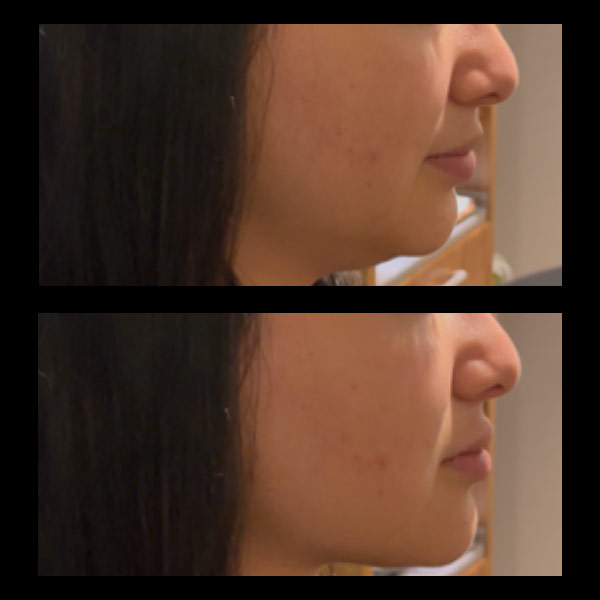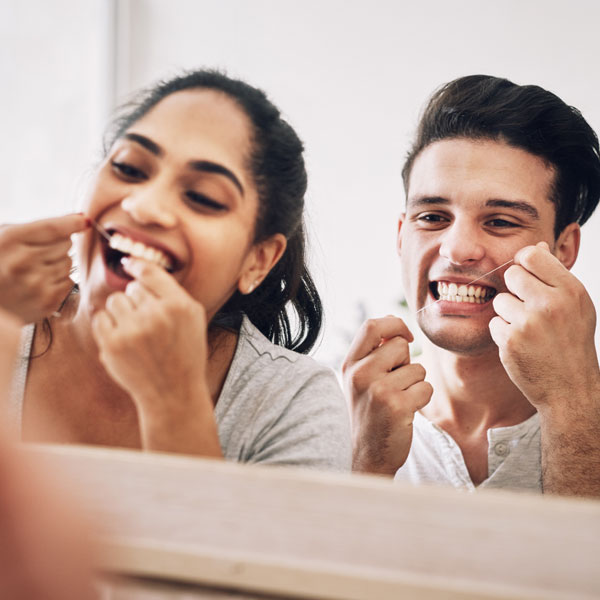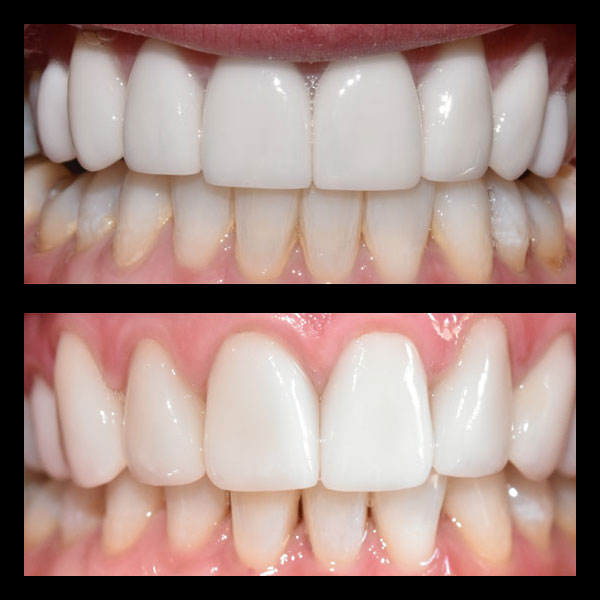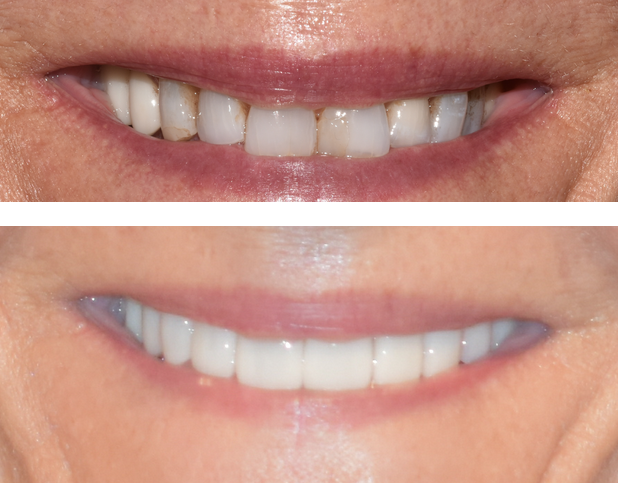Discover the transformative potential of Botox in modern dentistry at Incredible Smiles. Known for combining physiologic and artistic dental care, our practice has been a trusted name in Boulder for over 30 years. This article explores how Botox is redefining aesthetic dentistry, providing insights tailored for those interested in modern cosmetic solutions.
Understanding Botox in Dentistry
The integration of Botox in dental treatments represents a significant evolution in modern dentistry. Originally approved for therapeutic applications such as temporomandibular joint (TMJ) disorders and bruxism, Botox has been adopted in the dental field for its potential in aesthetic enhancement. Its introduction into dentistry followed rigorous clinical trials and approval by medical authorities, emphasizing its suitability for both functional and cosmetic purposes.
Botox offers key benefits when used alongside traditional dental treatments. It can enhance facial symmetry, reduce the appearance of a gummy smile, and even alleviate certain muscle-induced dental conditions. Despite misconceptions that Botox merely serves cosmetic purposes, its therapeutic benefits can drastically improve dental health and aesthetics. Common myths, such as Botox being unsafe or purely cosmetic, are dispelled through comprehensive education and observable results achieved in countless patients.
- Certified administration by trained dental professionals
- Rigorous adherence to hygiene and safety standards
- Personalized patient care and follow-up to ensure best outcomes
The Aesthetic Advantage of Botox
The aesthetic benefits of Botox in dentistry are profound. By strategically targeting specific facial muscles, Botox can create a more harmonious smile, complementing procedures such as veneers and crowns. For instance, patients seeking relief from a gummy smile find Botox an effective solution that reduces excess gum exposure by relaxing the upper lip muscles.
Botox is often used alongside traditional cosmetic dental procedures to enhance overall aesthetic outcomes, leading to a beautifully balanced smile. It aligns dental aesthetics with facial symmetry, providing an alternative solution for those hesitant to undergo more invasive treatments.
| Aesthetic Goal | Botox Application | Additional Notes |
|---|---|---|
| Improving smile symmetry | Targeted muscle relaxation | Results visible within days |
| Reducing a gummy smile | Controlled release of upper lip muscles | Minimally invasive procedure |
| Enhancing facial expressions | Softening muscle activity | Improves natural appearance |
Candidacy and Consultation for Botox in Dentistry
Determining if Botox is suitable for your dental and aesthetic needs involves a thorough consultation process. During this consultation, our dental professionals consider several factors, including your dental health and aesthetic goals, facial structure, and previous history with cosmetic treatments.
Patients are encouraged to discuss their expectations and concerns openly to tailor the Botox treatments effectively. It is essential to align both dental and aesthetic aspirations to achieve harmonious results. Our personalized assessment process takes into account facial dynamics and dental characteristics to ensure a holistic enhancement.
For optimal outcomes, patients undergoing Botox consultations often benefit from exploring how lifestyle factors, such as stress or dietary habits, may influence facial dynamics and appearance. Discussions ensuring mutual understanding between patient and provider help build trust and lead to customized care plans.
- Smoothing fine lines around the mouth
- Enhancing facial symmetry
- Reducing stress-related dental conditions
- Balanced augmentation of lip contours
For individuals considering Botox, it’s important to approach consultations with a clear understanding of your desired outcomes. Doing so ensures that the treatment aligns with both your dental health goals and overall facial aesthetics.
What to Expect During Treatment
Understanding the steps involved in a Botox dental appointment helps ease any anxiety a patient may have. Typically, a session begins with a thorough facial assessment, followed by targeted Botox injections based on the discussed treatment plan.
Post-treatment care is crucial to maximize results. Patients receive guidance on avoiding certain activities, such as excessive facial movements and lying down immediately after treatment. Ensuring optimal recovery includes scheduling follow-up visits to monitor progress and make any necessary adjustments.
Alongside these measures, patients are advised to maintain proper hydration and to follow dental professionals’ recommendations for ensuring long-lasting results.
- Attend scheduled follow-up sessions
- Avoid pressing the treated areas for a few hours post-treatment
- Report any discomfort or unintended effects promptly
- Stay hydrated and maintain general dental hygiene
Adhering to these guidelines ensures that the treatment results are long-lasting and beneficial, empowering patients to enjoy both aesthetic and functional improvements seamlessly.
Frequently Asked Questions
What is the role of Botox in modern dentistry?
Botox in modern dentistry is used for both therapeutic and aesthetic purposes. It helps treat conditions like TMJ disorders and bruxism, enhances facial symmetry, reduces gummy smiles, and complements cosmetic dental procedures.
How does Botox enhance dental aesthetics?
Botox enhances dental aesthetics by targeting specific facial muscles to create a more harmonious smile, reduce excess gum exposure, and align facial symmetry with dental procedures like veneers and crowns.
What should one expect during a Botox dental treatment?
During a Botox dental treatment, there is a facial assessment followed by targeted injections as per the treatment plan. Post-treatment involves guidance on activities to avoid, hydration, and follow-up visits to ensure optimal results.
Who can benefit from Botox in dentistry?
Individuals looking to enhance smile symmetry, reduce a gummy smile, improve facial expressions, or alleviate muscle-related dental conditions can benefit from Botox in dentistry.
What precautions should be taken after receiving Botox treatment?
After Botox treatment, patients should avoid pressing the treated areas, maintain hydration, attend follow-up sessions, and report any discomfort or unintended effects promptly to ensure effective and lasting results.








